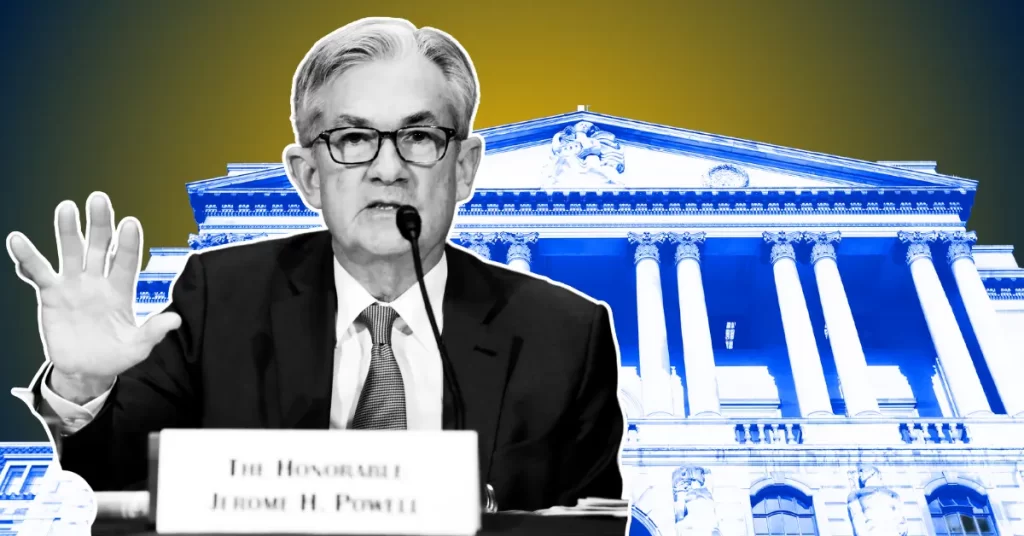
The post Why Is the Crypto Market Going Up Today? BTC, ETH, XRP, and Pi Network Bounce Back Strong appeared first on Coinpedia Fintech News
After a nerve-wracking weekend packed with geopolitical tension and market dips, the crypto market is showing fresh signs of life. The crypto market’s turnaround comes after Bitcoin briefly dipped below $100,000 amid fears surrounding U.S. airstrikes on Iranian nuclear facilities. The Middle East conflict sent shockwaves across financial markets, but Bitcoin managed to hold key support levels and has since climbed back above $101,000.
The overall crypto market is showing signs of recovery, with the total market cap climbing to $3.12 trillion — up 2.42% in the last 24 hours. Bitcoin continues to lead the market, trading above $101,400 with a 5.7% gain over the past week. Ethereum follows with a solid 14.6% weekly rise, while altcoins like XRP, Solana, Dogecoin, and Cardano are posting double-digit weekly gains.
Hyperliquid (HYPE) surged over 22% this week, cementing its spot among the top performers. Despite the bounce, Altcoin Season Index remains low at 15/100 — suggesting Bitcoin dominance still rules this rally for now.
One of the biggest confidence boosters for Bitcoin was news that MicroStrategy’s Michael Saylor purchased a staggering $1 billion worth of BTC, adding to institutional optimism. This heavyweight buyout set off a chain reaction, with altcoins like ETH, XRP, ADA, DOT, and Pi Network all catching a bid.
With geopolitical fears cooling slightly and options expiries out of the way, crypto markets are stabilizing for now. But with macro risks still looming and ETF developments on the radar, traders are advised to stay alert while enjoying this bounce.







